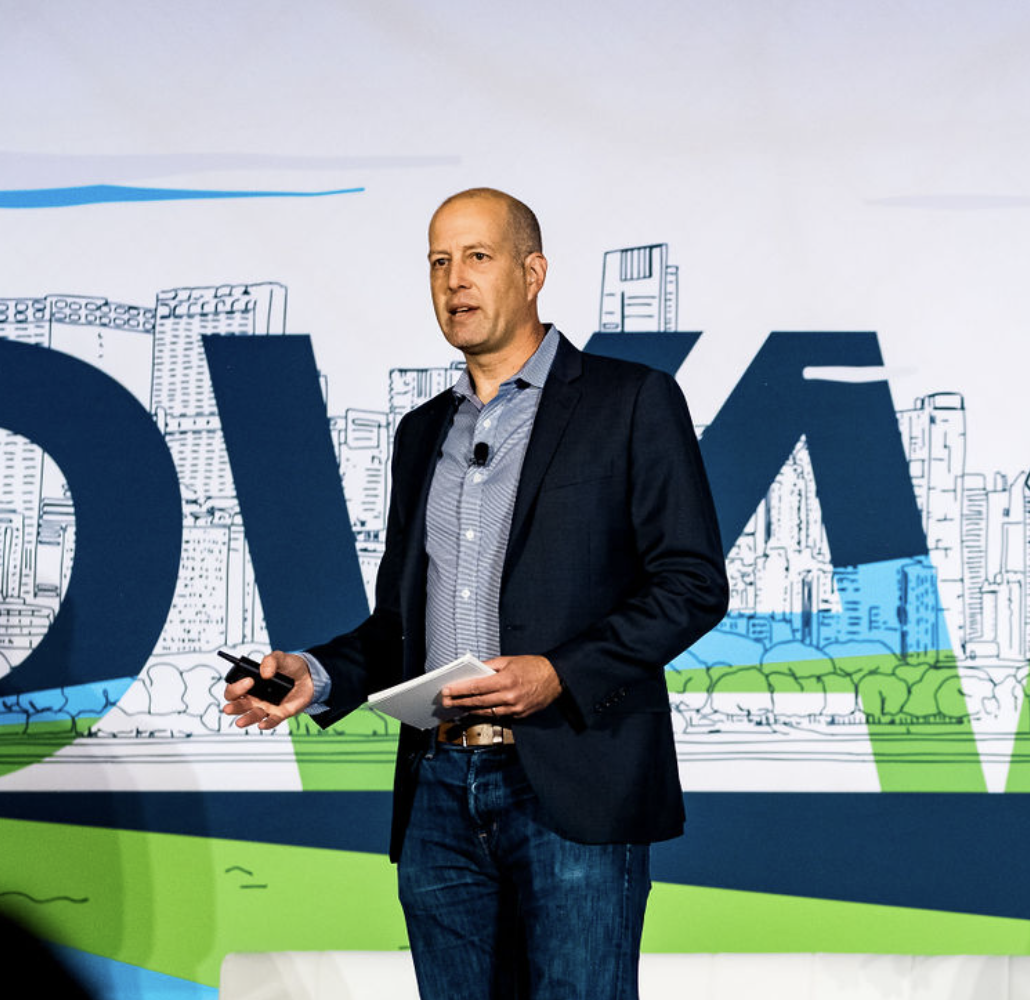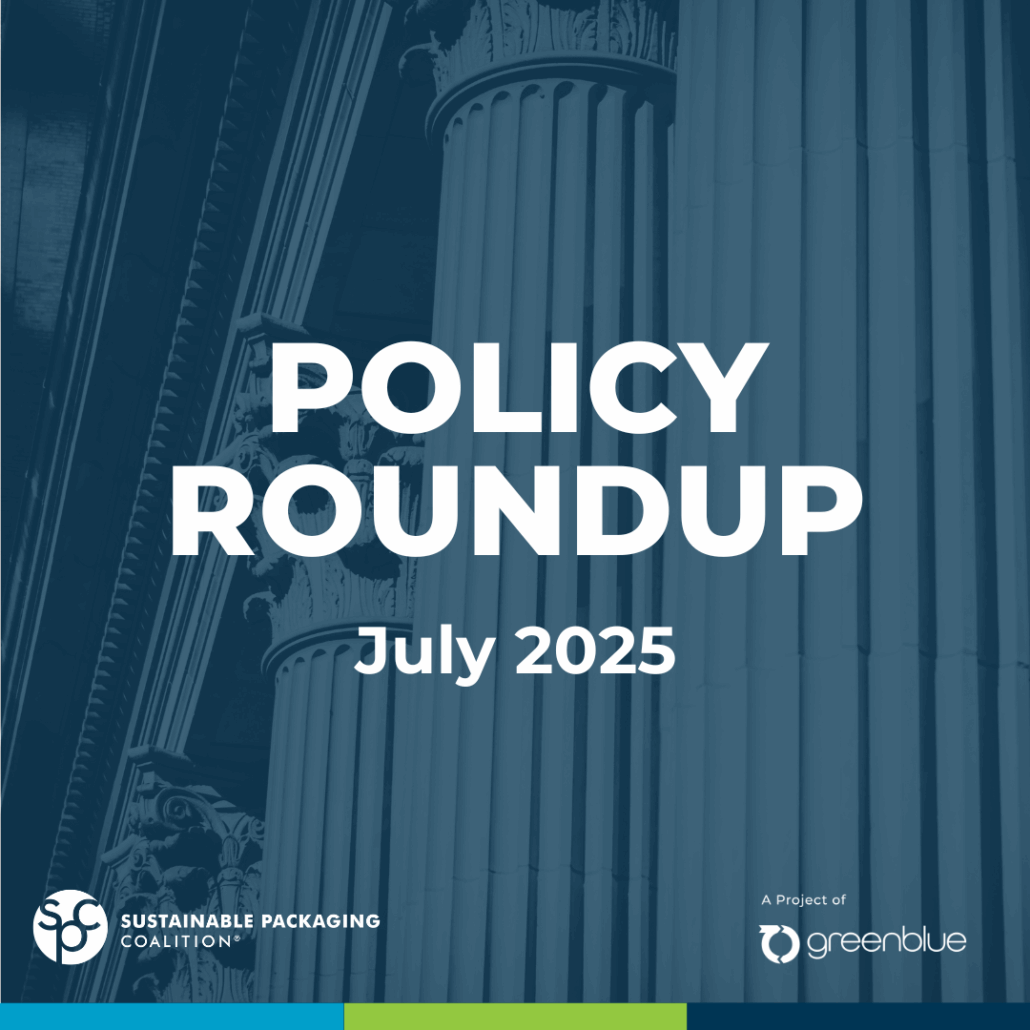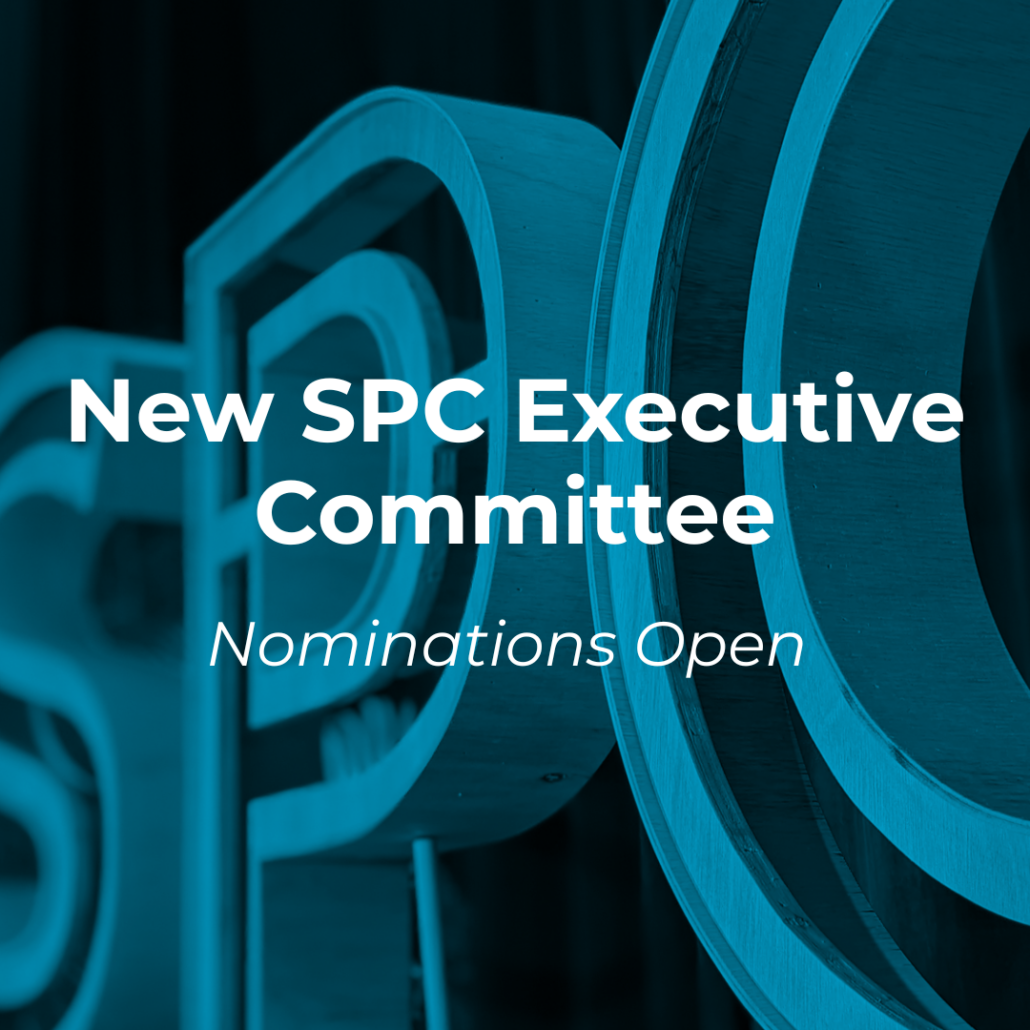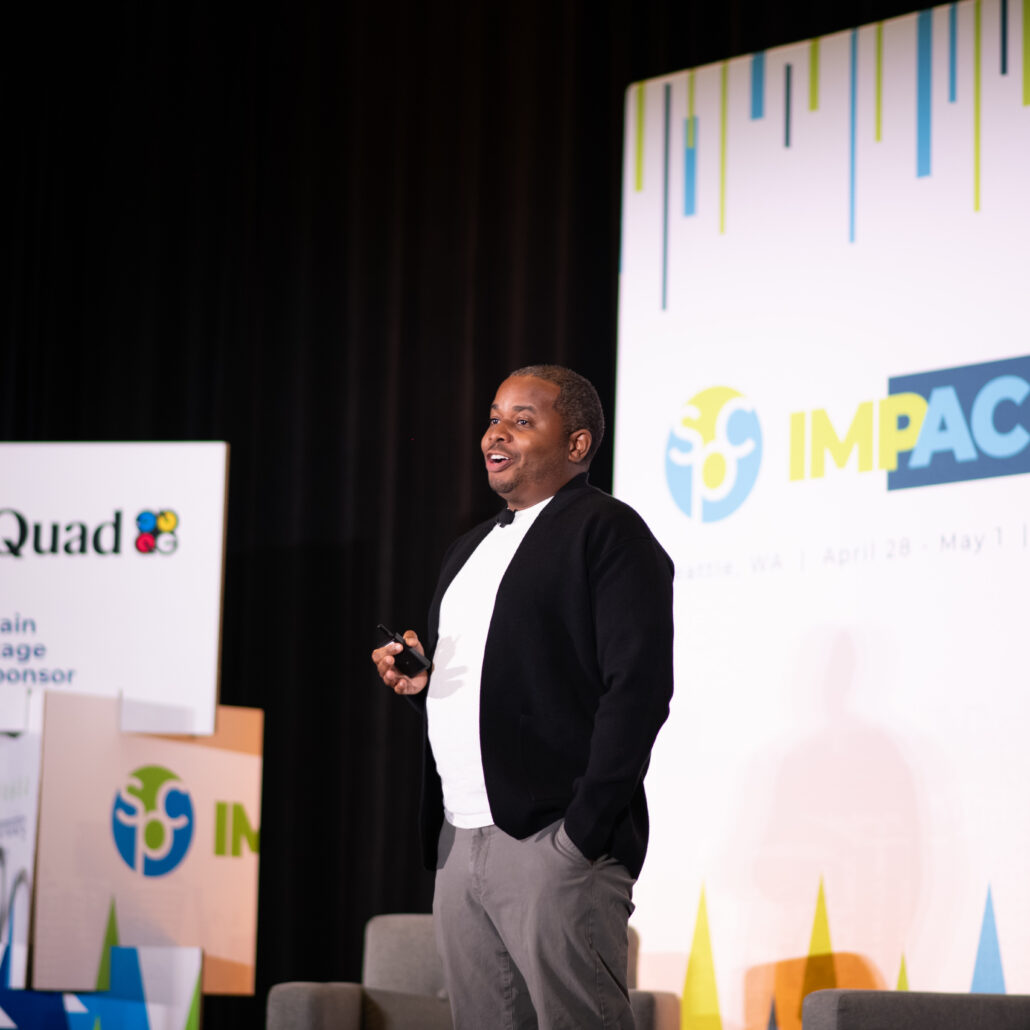Is ESG “woke”? Lately, ESG initiatives are getting more press and, consequently, becoming more polarizing. This year at SPC Advance, ProPublica Senior Reporter Abrahm Lustgarten provided the audience with an essential piece of advice for our political and literal climate: We need to push past polarization and advance climate solutions. The stakes — the fact that global warming is rapidly changing where humans can survive on the planet — are too high.
During Abrahm’s presentation on findings from his book, On the Move, we learned about the climate realities that lie ahead of us. Like, for example, how right now just 1% of the Earth’s land surface is so hot that it’s deemed uninhabitable. By 2070, projections show that a whopping 19% of the world will be that hot. However, Abrahm didn’t leave us with a series of scary statistics about how millions will be forced to migrate in the years to come. Instead, he shared a call to action: “We can limit the downside, and we can still steer the upside.”
In the years ahead, the sustainable packaging industry has a unique opportunity to turn Abrahm’s insights into meaningful action. With plastic packaging contributing to 3.4% of global carbon emissions and other materials playing considerable roles in a product’s footprint, we both have the power to limit the downside of climate consequences and the position to steer any positive outcomes ahead. Let’s dive into the consequences we can limit and the upside we can steer.
This time, it’s different
At SPC Advance, Abrahm shared that while the climate has always moved people, “This climate change is different, it’s less gradual. The climate is warming faster than ever before… Between 1980 and 2020, 600 million people have already been displaced.”
Plus, he noted, populations are moving toward the poles. This doesn’t just mark an environmental challenge — it represents a fundamental restructuring of where and how we’ll operate.
Between summer conditions lasting 7 weeks longer than they did a century ago and one- to two-thirds of Florida housing sitting below future flooding projections, “In the U.S.,” Abrahm said, “this climate migration will be an economic decision…We’re on track to see economic losses of 1.2% in the U.S. GDP by 2040.” What does this look like for American society? According to Abrahm, there’s opportunity for growth and innovation, but there will be loss and decline.
The social equation
According to Abrahm, climate impacts are expected to worsen the divides between the rich and poor, privileged and underprivileged, urban and rural. “Studies show that redlined neighborhoods have 30-40% less tree coverage and can be 10 degrees hotter than wealthier neighborhoods,” he said.
Of course, he also acknowledged that not everyone facing these impacts will move. “Mobility is a privilege. The poor and the elderly are expected to be the ones left behind.”
With so much at stake, what can our industry do?
Limiting our industry’s downside by building consensus
“Right now, there’s a disconnect between climate change and politics,” Abrahm said. “People are witnessing dramatic changes in their environment, and here’s a strong consensus around that. So, if we can get around the polarizing language, I actually think people are on the same page.”
Abrahm’s right. Some climate issues have broad public consensus, others are more polarizing. In the U.S., for example, 72% of people believe that global warming is happening, but only 58% of people think that the warming is caused by human activities.
How can our industry make a difference when even ESG initiatives are becoming polarizing? We can take this advice to build consensus within our organizations. Ask yourself: Who do you need buy-in from to roll out a new sustainability initiative or feature? How can you position the initiative to build consensus on your team? Externally, we can consider which messages, packaging features, or instructions will spark the most sustainable outcomes for our packaging (you can learn more about similar research that we did for How2Recycle here).
Limiting our industry’s downside can take many shapes, and while only you know your organization’s best path for contributing to a sustainable, circular packaging economy, SPC has several avenues for moving you forward on that path.
Steering the upside with sustainable packaging
Believe it or not, climate change won’t hurt every economy. Abrahm’s presentation highlighted the places climate change would make uninhabitable, but it also showed us places where climate change could improve environments and economies. One model, Abrahm pointed out, projects that per capita GDP in the Northern U.S. and Canada could increase by 250%.
At SPC Advance, Abrahm emphasized that our industry has unique opportunities to shape any positive outcomes that lie ahead. This means we can create supply chains that adapt to our environmental changes and shifting populations, pioneer solutions that protect these soon-to-be climate havens, and lead the transformation toward packaging that isn’t just climate resilient, but actually supports or improves local economies and environments.
Whether it’s through SPC’s Collaboratives, resources, or events, SPC members are uniquely positioned to help the industry not just adapt to climate challenges, but pioneer solutions for a better, more sustainable future. The upside is there for us to steer. The question is: How will you help guide it? Get involved with SPC today.





